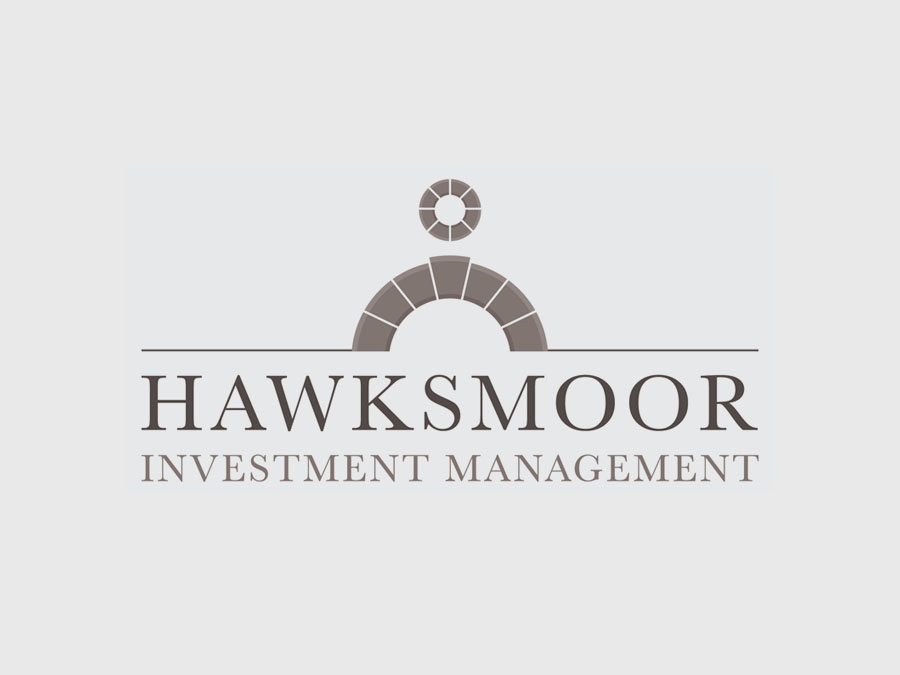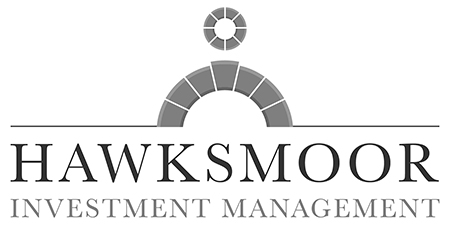
FCA: “We expect you to have implemented the Consumer Duty in full, which requires you to put the needs of your consumers first. This work will have resulted in meaningful changes to your business, service and proposition to further drive good consumer outcomes, which you should be able to demonstrate to us if asked.”
Introduction
This article is a reaction to the FCA’s recent ‘Dear CEO letter’ which strongly emphasises the need for Wealth Management firms to comply with Consumer Duty regulations. These regulations aim to safeguard the interests of consumers and ensure transparency and fairness in financial dealings. However, the consequences of non-compliance or the ability to demonstrate compliance hang over wealth management firms, casting a shadow over their operations. In this narrative, we explore a potential scenario to underscore the fallout of a wealth management firm being unable to answer one of the FCA’s recent questions, and how BITA Risk®, part of the corfinancial® group, would emerge as the controls needed to keep a firm heading in choppy waters.
The potential scenario
A renowned wealth management firm known for handling high-net-worth portfolios must now ensure compliance with Consumer Duty regulations, maintaining utmost accountability, transparency, and demonstrable controls.
For a long time, it relied on sampled peer reviews of portfolios on a monthly or quarterly basis, with file notes and some centralised spreadsheets. It has had few client complaints and is well-regarded.
The situation worsens as the FCA emphasises Consumer Duty as a “Top Priority”, and adherence would be closely monitored to ensure that firms do not think it is a ‘once and done’ exercise.
In a wealth management data survey, the FCA asks a number of questions, including “Have any client portfolios deviated more than 10% from their stated mandate for more than five consecutive business days in the last 12 months, as of 30 September 2023?” The firm had peer reviews and contented clients, the data is aggregated across the firm and only covers 12 out of 244 business days, so it has little chance of answering the question. Much management time is devoted to sourcing data and evaluating the implications of stating its unavailability… A very difficult and dangerous place to be.
Consequences of non-compliance
The repercussions of non-compliance could be far-reaching. The inability to answer the question raises concerns about a firm’s control and management of information processes and systems. If it cannot answer this, how can it be managing other aspects of Consumer Duty? Where is the ability to demonstrate this to the FCA, when asked? How is the firm avoiding foreseeable harm and ensuring consistent outcomes?
Although this is presented as a hypothetical company position, not knowing is a problem for anyone. A sample of portfolios on a sample of dates cannot represent the knowledge needed.
Risk unwrapped: skipping consumer duty is like playing with financial dynamite – beware of the explosive consequences
Knowledge is control, and the ability to demonstrate mitigation and rectification of issues is crucial. Searching for portfolios with issues is like looking for a needle in a haystack, but it is better to find and understand them before the issue festers and becomes a problem.
BITA Risk: a solution to navigate the regulatory landscape
Amidst the challenges, BITA Risk’s wealth management clients can answer this primary question fast. In fact, most of them have been managing this daily, dealing with issues as they arise and before they can have an impact on outcomes. This cutting-edge risk management solution is designed to help wealth management firms manage the complexities of Consumer Duty regulations. With its sophisticated algorithms, daily monitoring capabilities and management information reporting, BITA Risk provides firms with the tools necessary to ensure compliance.
The platform conducts thorough risk assessments, identifies potential areas of non-compliance, and offers actionable insights to rectify shortcomings promptly. By leveraging BITA Risk, wealth management firms can proactively address regulatory measures, safeguard client interests, and protect their reputation from the debilitating consequences of non-compliance.
Harm in this context refers to deviating from the client’s objectives, typically assessed against the firm’s central investment model or a specified benchmark. BITA Wealth® Monitor, a component of BITA Risk’s software applications suite, plays a crucial role in minimising anticipated harm by consistently and automatically evaluating positions and portfolios, ensuring that risks remain within acceptable limits. Through quantitative risk checks at both portfolio and asset levels, as well as tests on portfolio construction and investment policies, the system alerts users to exceptions, rather than relying on sporadic random samples.
Conclusion
The FCA headlined a number of presentations in Q4 2023 reflecting how few clients were identified as vulnerable. Not knowing that client portfolios deviate by more than 10% from mandate could be the next area of focus.
In an era where Consumer Duty regulations are tightening their grip on the financial industry, wealth management firms cannot afford to ignore these challenges. The chance of repercussions for non-compliance serves as a motivator for firms to adopt comprehensive solutions like those provided by BITA Risk. As the financial landscape evolves, embracing compliance becomes not only a legal obligation but a strategic imperative for sustaining trust, reputation, and long-term success in the competitive world of wealth management.
If you would like to discuss any of the points raised here, please contact us at bitarisk@corfinancialgroup.com or see more information on our solutions here.











